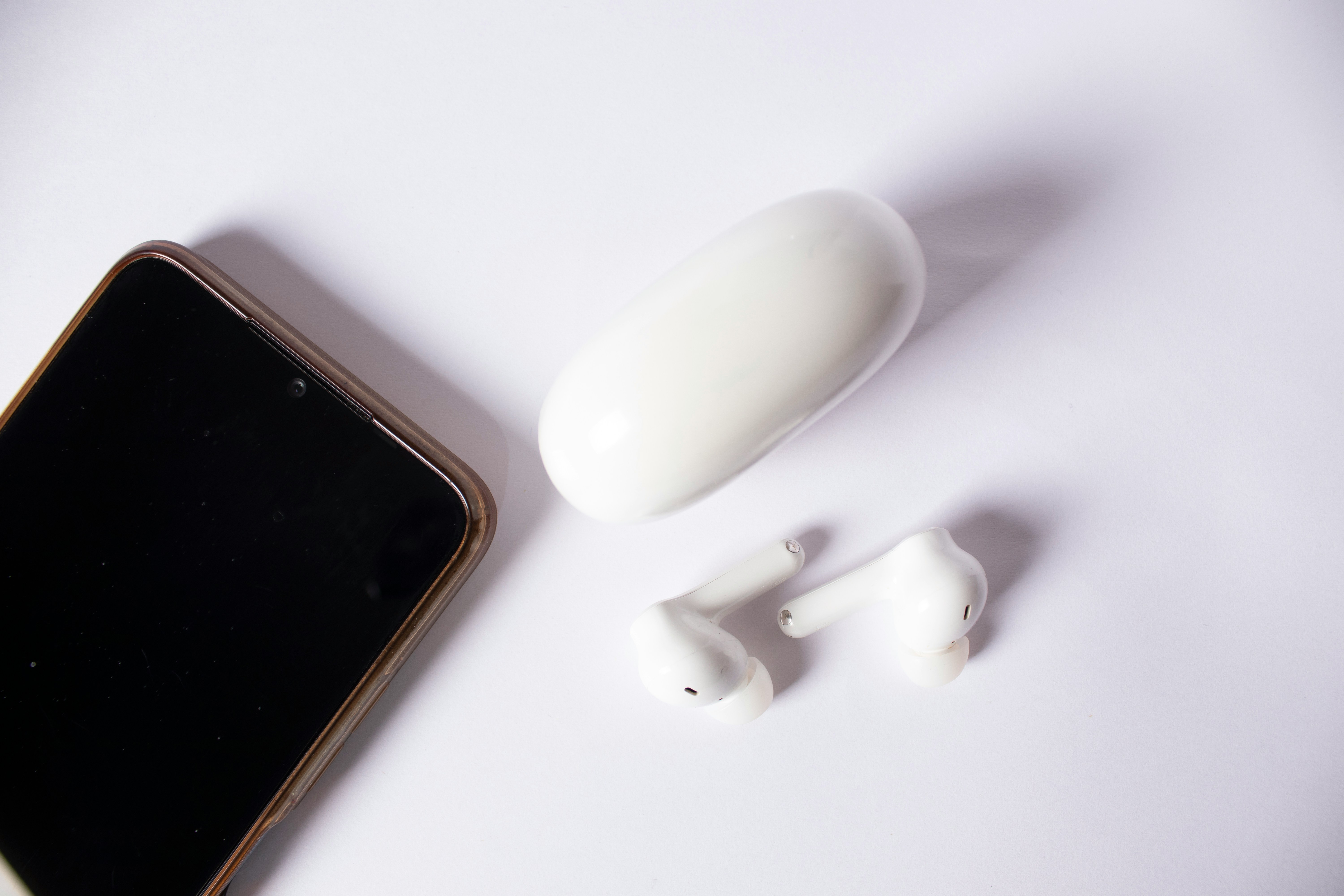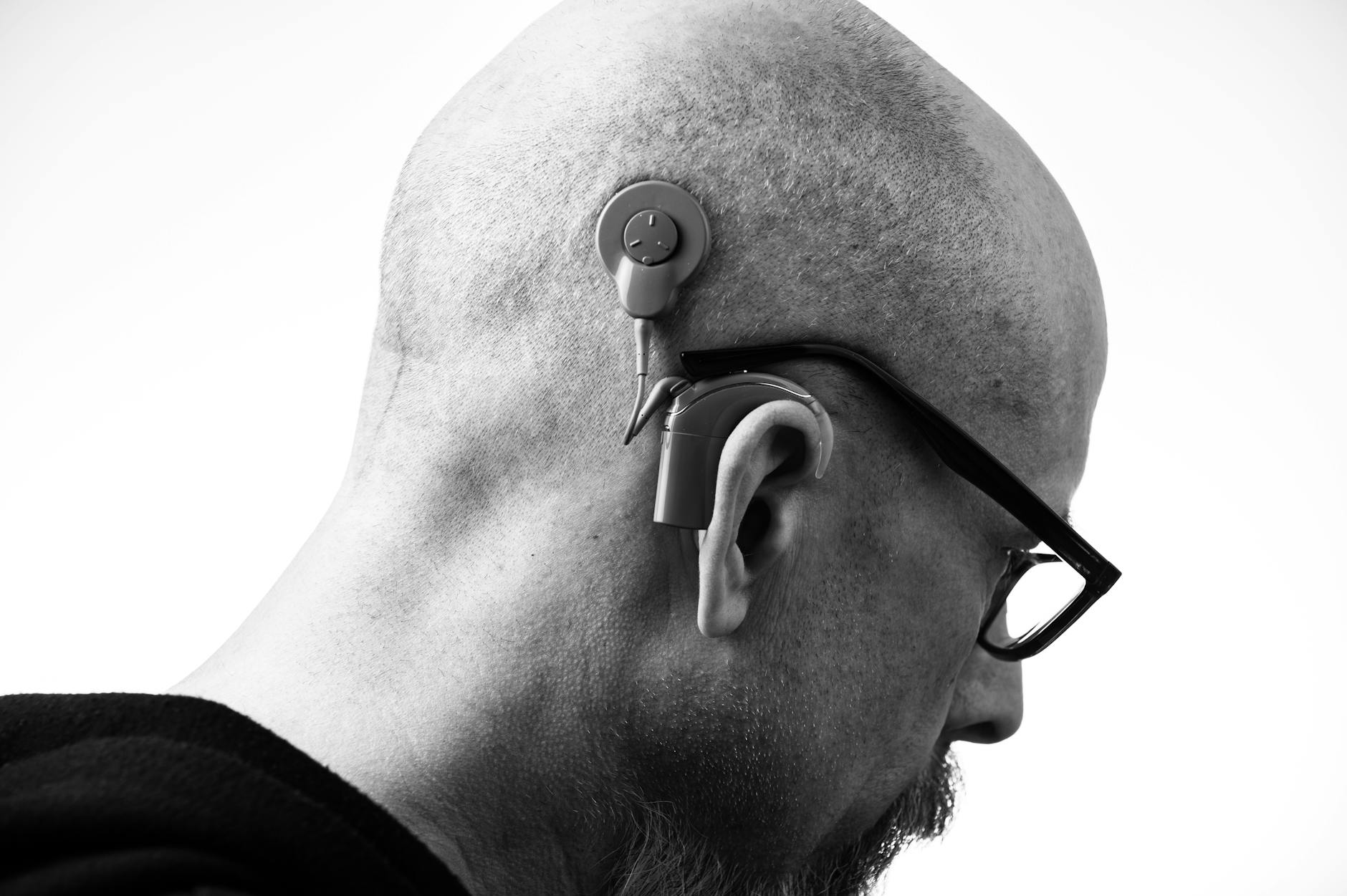Some medicines can quietly stress your ears. The good news: with a little planning, you can lower risk, spot early changes, and keep your treatment on track and your hearing in the best shape possible. This playbook shows you how—without alarm, blame, or guesswork.
First, what does “ototoxic” mean?
Ototoxic means “toxic to the ear.” Certain drugs can irritate or damage parts of the inner ear (the cochlea for hearing and the vestibular system for balance). Sometimes the effect is temporary; sometimes it isn’t. The risk depends on the medicine, dose, duration, your biology, and other exposures (like loud noise).
Important: never stop a prescribed medicine without talking to your prescriber. The goal here is smart prevention and monitoring, not fear.
The usual suspects: common ototoxic drug groups
Not all drugs in a class have equal risk, and many are lifesaving. Here’s the big-picture map so you can ask great questions.
1) Cancer treatments (platinum-based)
- Cisplatin: high risk for permanent high-frequency hearing loss and tinnitus; risk rises with cumulative dose.
- Carboplatin: lower risk than cisplatin but still possible.
Head and neck radiation can add to the risk when combined with chemotherapy.
2) Certain IV/strong antibiotics
- Aminoglycosides (gentamicin, tobramycin, amikacin, streptomycin): can affect hearing, balance, or both; risk increases with higher levels and longer use.
- Vancomycin: lower direct risk but may add to aminoglycoside risk when combined.
- Macrolides (e.g., erythromycin IV) and some others: occasional, usually reversible effects.
3) Loop diuretics
- Furosemide, bumetanide, ethacrynic acid: can cause temporary hearing changes, especially at high IV doses or in combination with other ototoxins.
4) Pain/fever medicines
- High-dose salicylates (large aspirin doses, not typical low-dose “baby aspirin”): often reversible ringing and muffled hearing that improve after stopping.
- NSAIDs (ibuprofen, naproxen): with frequent or high-dose, long-term use, some studies link to higher risk; short, standard dosing is usually low risk.
5) Antimalarials/other
- Quinine, chloroquine, hydroxychloroquine: occasional tinnitus or hearing changes; often reversible.
6) Ear drops (if the eardrum is perforated or tubes are present)
- Aminoglycoside-containing drops (e.g., neomycin) can be risky if they reach the middle ear; fluoroquinolone drops are often preferred in that situation. Always ask your clinician what’s safest for your ear status.
This list isn’t exhaustive. If you’re starting a new medicine, especially IV drugs, chemo, or a combo of potent meds, ask about hearing and balance.
What symptoms should you watch for?
Report any new ear or balance symptoms promptly—earlier is better for protecting hearing and adjusting care if needed.
- Ringing, buzzing, or hissing (tinnitus), especially if new or worsening.
- Fullness or pressure in one or both ears.
- High-pitched hearing changes: conversation feels muffled, or women’s/children’s voices and birdsong seem faint.
- Difficulty following speech in noise even if quiet rooms seem okay.
- Balance symptoms: unsteadiness, veering when you walk, feeling the world “bounce” with head movement (oscillopsia).
Why some people face higher risk
- Higher cumulative dose or rapid infusion rates.
- Kidney or liver issues affecting drug clearance.
- Age extremes (older adults, very young children).
- Preexisting hearing/balance problems or prior ear surgeries.
- Combined exposures: multiple ototoxic drugs, head/neck radiation, or loud noise.
- Genetics (e.g., specific mitochondrial variants increase aminoglycoside sensitivity).
Your prevention and monitoring plan
Use this as a template. Your medical team can tailor it to your treatment.
Before you start the medicine
- Have a 5-minute conversation with your prescriber: “Does this drug carry hearing or balance risk in people like me? What’s the plan to monitor and protect my hearing?”
- Get a baseline hearing assessment with an audiologist if feasible, especially for platinum chemo, aminoglycosides, or combined risk. Ask for:
- Standard audiogram (250–8,000 Hz) and speech understanding.
- Extended high-frequency testing (up to 16,000 Hz) if available—early changes often appear there first.
- Otoacoustic emissions (OAEs) to detect subtle inner-ear changes.
- Set up a simple symptom log: date, dose/cycle, any ringing, fullness, muffling, or balance changes.
- Coordinate with your care team: make sure your oncologist/infectious disease/primary care clinician and audiologist can share notes.
During treatment
- Stick to your monitoring schedule. For high-risk regimens, many teams check hearing around each treatment cycle or at set intervals. Ask what timing makes sense for you.
- Guard against extra noise. Ototoxicity plus loud sound is a double-hit. Wear quality ear protection at concerts, during power tools, or noisy events; step away from sustained noise when you can.
- Hydrate and mind kidney health as advised by your clinicians—this can influence drug levels.
- Be sparing with additional ototoxic meds (like high-dose NSAIDs) unless your prescriber says they’re needed. Mention all over-the-counter products you’re using.
- Speak up early if symptoms appear. Your team may adjust dosing, timing, or consider alternatives when possible. Never change dosing on your own.
When something changes
- New tinnitus, muffling, or balance symptoms? Call your clinic and your audiologist. Quick checks can help verify changes and guide next steps.
- Practical adjustments your team might consider (case-by-case): modifying dose or infusion rate, spacing doses, switching to a less ototoxic option, or changing administration route. For certain pediatric cancer regimens, otoprotective agents like sodium thiosulfate may be discussed; adult evidence is evolving.
After treatment
- Recheck hearing at 1–3 months, then 6–12 months, especially after platinum chemo—some changes can evolve over time.
- If hearing loss persists, talk with an audiologist about amplification (hearing aids), remote microphones for challenging settings, captioning tools, and tinnitus support. Balance issues? Ask about vestibular rehabilitation.
- Keep protecting your ears: good hearing habits now help you get the most from whatever hearing you have.
Special situations to know about
- Ear drops with a perforated eardrum or tubes: ask your clinician to confirm your drop is non-ototoxic for middle-ear exposure (fluoroquinolone drops are commonly used).
- Open-plan offices and hobbies: if you’re on a potentially ototoxic medicine, be extra mindful about noise. Use hearing protection with lawnmowers, power tools, and loud events, and follow the 60/60 rule for headphones (no more than 60% volume for 60 minutes at a time).
- Polypharmacy: older adults on multiple meds (e.g., loop diuretics + NSAIDs) may have additive risk. A pharmacist can help spot combinations worth reviewing.
Myth-busting
- “I took one aspirin—I’ll go deaf.” Not typical. Low-dose aspirin used for heart protection is generally not linked to permanent hearing loss. Very high doses can cause temporary ringing or muffled hearing that usually resolves after stopping.
- “Only chemotherapy damages ears.” Several medicine classes can affect hearing or balance—especially when combined or used at high doses.
- “If my hearing is fine during treatment, I’m in the clear.” Not always. Some effects can appear or progress after treatment ends. That’s why baseline and follow-up matter.
The one-page checklist (save or screenshot)
- Ask: “Does this drug carry hearing or balance risks for me?”
- Get baseline testing (audiogram, high-frequency audiometry, OAEs if available).
- Share your medication list (including OTCs) with your audiologist.
- Log any tinnitus, fullness, muffling, or balance changes—date and dose.
- Protect against loud noise during treatment.
- Report new symptoms promptly; don’t stop medicines without medical guidance.
- Schedule post-treatment hearing checks.
Gentle next steps
If a potentially ototoxic medicine is on your horizon—or already in your pillbox—loop in an audiologist. They’ll create a monitoring plan that fits your treatment, your schedule, and your goals. Your ears are part of your health story. Let your care team treat them that way.
Need help finding a professional? Search for a licensed audiologist or ask your oncologist, ENT, or primary care clinician for a referral.
Further Reading
- Your Medicine, Your Ears: Preventing Drug‑Induced Hearing Loss (Hearing Loss) - Long COVID and Your Hearing: What We Know (and What to Do Next) (Research) - Ear‑Safe Prescriptions: How to Spot and Prevent Drug‑Related Hearing Damage (Prevention) - Sudden Hearing Loss Needs Speed: Treatments and the Critical Window (Treatment)Frequently Asked Questions
Are common pain relievers safe for my ears?
For most people, short courses at standard over-the-counter doses carry low risk. Very high doses of aspirin (not typical low-dose) can cause temporary ringing or muffling. Frequent, long-term use of NSAIDs has been linked in observational studies to higher risk of hearing problems. If you need pain relief often, talk with your clinician about the safest plan for you—don’t self-escalate doses.
Can ototoxic hearing loss be reversed?
It depends on the medication and your situation. Changes from high-dose salicylates and some loop diuretics are often reversible after the drug is stopped. Changes from cisplatin or aminoglycosides are more likely to be permanent. Early detection improves your options to adjust treatment and protect remaining hearing.
How can I monitor at home between clinic visits?
Keep a simple symptom diary and note any new tinnitus, muffling, or balance issues. You can use reputable hearing-check apps to watch for big shifts, but don’t rely on them for decisions—confirm changes with an audiologist. If something feels off, call your care team promptly.
Is it safe to exercise or travel during treatment?
Often yes, if your medical team approves. Prioritize rest and hydration, avoid loud environments or use hearing protection, and be extra cautious if you feel dizzy or unsteady. If you notice new ear or balance symptoms, check in with your clinicians before strenuous activities or flying.



